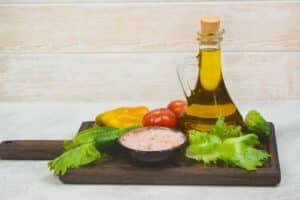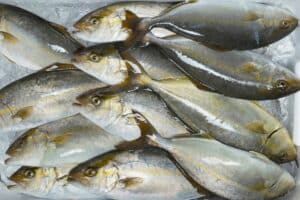In modern times, it is certainly true that spicy food has increased in popularity – with an almost cultural following forming around the notion of hot sauce and other spicy foods helped by popular shows such as Hot Ones and Man Vs Food.
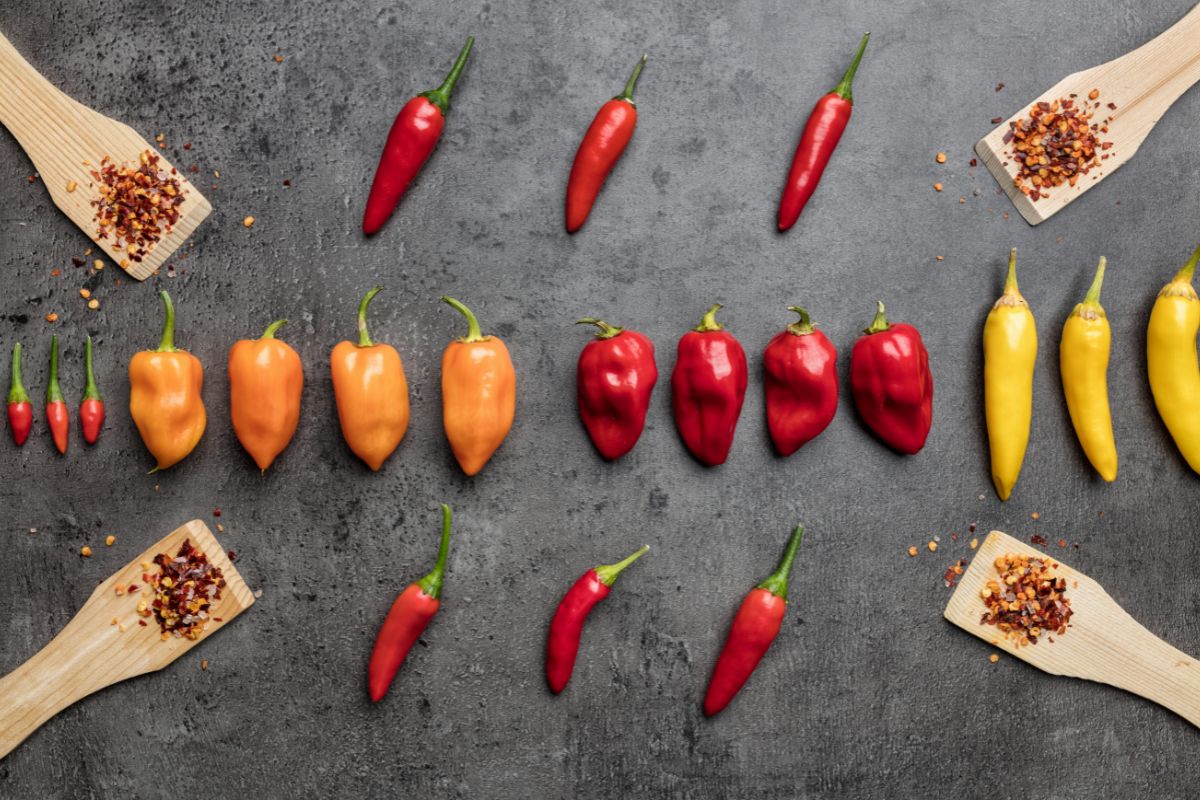
However, for those seeking to learn more about how spice works, and how we measure the effects of spice, it is important to get to grips with the Scoville scale. But what exactly is the Scoville scale, and how does it work?
What Is The Scoville Scale?
The Scoville scale is famously the scale by which the pungency of spicy food is measured – specifically chili peppers – based on the concentration of capsaicinoids therein.
These capsaicinoids are measured using Scoville heat units (SHU), and are named after the scales creator – Wilbur Scoville – who developed the Scoville organoleptic test in 1912.
As with the modern scale, this test was devised as a subjective scale by which the spice tolerance of different people could be measured – with the understanding being that there are differences in tolerance level from person to person.
How Are Scoville Units Determined?
There are a couple of ways that Scoville units are determined.
One method is to use the organoleptic test devised by Wilbur Scoville, while another involves using a process called HPLC – which we will discuss later in the article.
However, when determining the content of capsaicinoids within a wider substance – such as hot sauce – this is measured by accounting only for the dried mass within the compound, setting this against the water content therein.
How Does The Organoleptic Test Work?
For this test to work, there are specific processes that need to be carried out.
In most cases, this includes exact weights of dried peppers being dissolved in alcohol – something that helps to extract the heat elements within the peppers – after which they are then diluted in sugary water solutions.
When measuring the heat tolerance of people, individuals are given various solutions in decreasing strengths – with each person tasting until they can no longer notice the spiciness within the solution.
How Does This Relate To SHUs?
The lowest level of Scoville heat units that can be measured refer directly to the minimum level of spice that can be detected by those testing the sugar solutions.
Anything below this does not register on the Scoville scale, and as such is not considered to be spicy for human consumption.
Is The Scoville Scale Considered Effective?
Generally speaking, while the Scoville scale is widely used in measuring food spiciness – where it is commonly featured on menus and packaging – the test is considered a flawed understanding, even by those who are proponents of it.
This is because the test relies so heavily on the subjectivity of human beings – and the amount of spiciness that the individual can handle.
In this sense, it can be hard to determine average tolerance levels, which could then be used on a bottle or packaging as an indicator.
What’s more, individual companies and restaurant chains all tend to use their own systems of measurement – or classification – of their spicy food.
This commonly is displayed as a number of chili symbols on the packaging or menu – something that obviously is not a uniform system, and acts as more of a comparison against the other items on the menu
How Else Do We Measure Spice?
Since the 1980s, scientists have quantitatively measured the spiciness of chili peppers by using a method called high performance liquid chromatography (HPLC).
This is a common method in chemistry, and one that has numerous applications. However, the actual purpose of HPLC is to separate specific components within a substance, so as to get a quantitative sense of how much is present within a sample.
For the purpose of determining the level of spiciness within a pepper, this process is usually used to measure the capsaicin content within a sample of pepper – something that can then be extrapolated on a larger scale.
By using this method, manufacturers and scientists alike can rank and measure the scientifically decided spice levels of food without relying so much on the opinions of human tasters.
However, by and large, the two methods are used in tandem with one another.
How Does HPLC Measure Results?
The HPLC test measures the results as ‘pungency units’, which are generally considered to consist of 1 part capsaicin per 1 million parts of dried pepper mass.
This helps to find the ‘parts per million of heat’ (ppmH), which can be expressed with the following equation:
ppmH = peak area (capsaicin) + 0.82 peak area (dihydrocapsaicin)
Peak area (standard)
How Is Peak Area Found?
These are calculated from the HPLC traces that are taken from the dry samples. These samples are tested within 1 ml of a substance called acetonitrile.
How Is The Calculation Calibrated?
The calculation is calibrated by using 1 gram of capsaicin as the standard measurement. This allows the other equations to then take place based on this baseline.
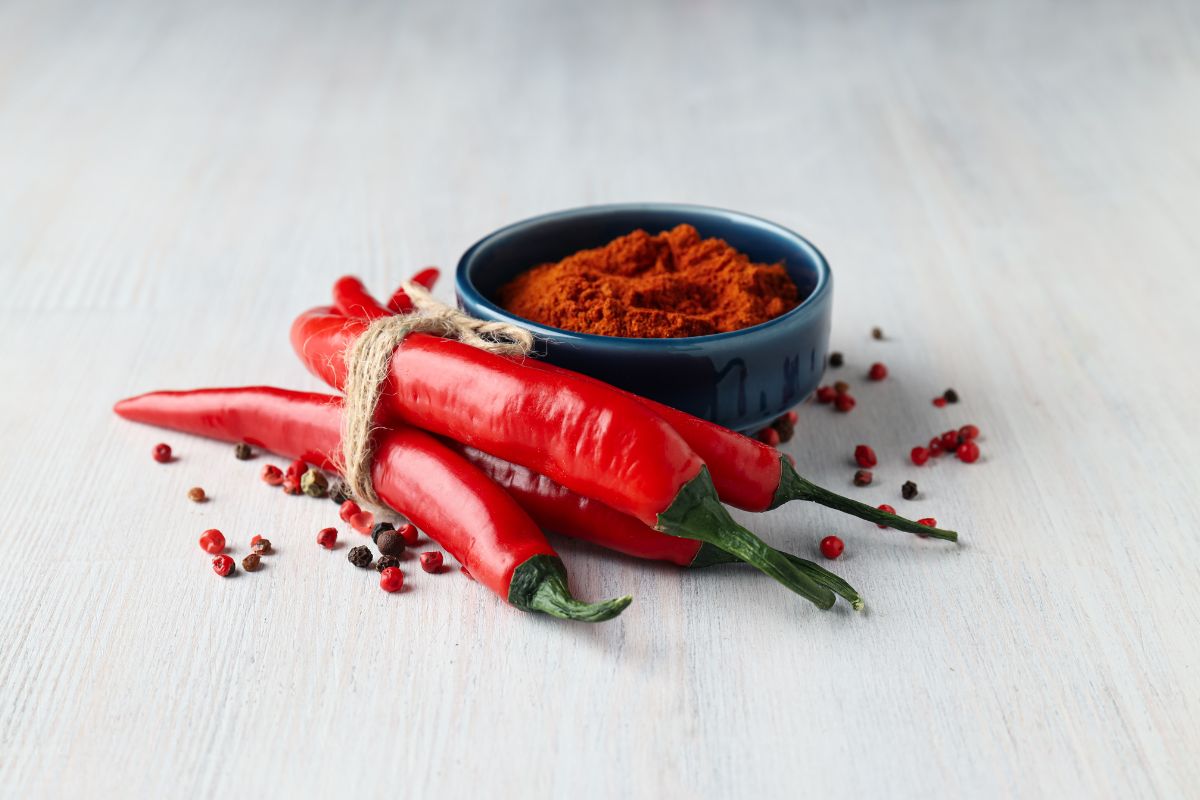
How Are Scoville Heat Units Found?
Scoville heat units are found by taking the ppmH value taken from the above equation, and subsequently multiplying the figure by 15.
For an equation to actually produce usable, understandable results, it is important to only take account of the 2 most vital capsaicinoids within the pepper sample – as they are the ones that produce the heat.
What Uses Does The Scoville Scale Have?
As you might imagine, the Scoville scale has numerous uses – both within manufacturing and with regards to food consumption.
Highlighting Spice Levels
One of the most obvious and common uses for the Scoville scale is to highlight the spiciness of hot sauce, peppers, and other types of spicy food.
This has numerous uses within catering and manufacturing – allowing companies to communicate spiciness to customers (to either attract or dissuade them), allowing customers to make the right choice for their needs, and protecting people from pain and discomfort associated with eating a sauce that is too hot.
For Growing Peppers
One use for manufacturers and growers is that they can use the scale to properly monitor and test their produce as they progress.
The scale can be used to conduct tests against – seeing whether the peppers have reached their peak hotness, or whether some adjustments need to be made.
This is especially true for hot sauce producers, who are in a loose competition with other brands, and are seeking to produce hotter and better sauces.
For Competitive Branding
Having a widely observed scale for the hotness of peppers is a great way of allowing companies to compete with one another through their products.
The hot sauce industry (and in fact, the spicy food industry in general) is a major market – one that companies make a substantial living working within – and as such, it is necessary to be able a) compete with other companies to make hotter sauces, and b) highlight the spiciness of the products to the customers.
What Is The Hottest Pepper In The World?
Although the competition for hottest product is often highly competitive, there is only one pepper that currently dominates the leaderboards for the title of ‘hottest pepper in the world’, and this is of course the Carolina Reaper.
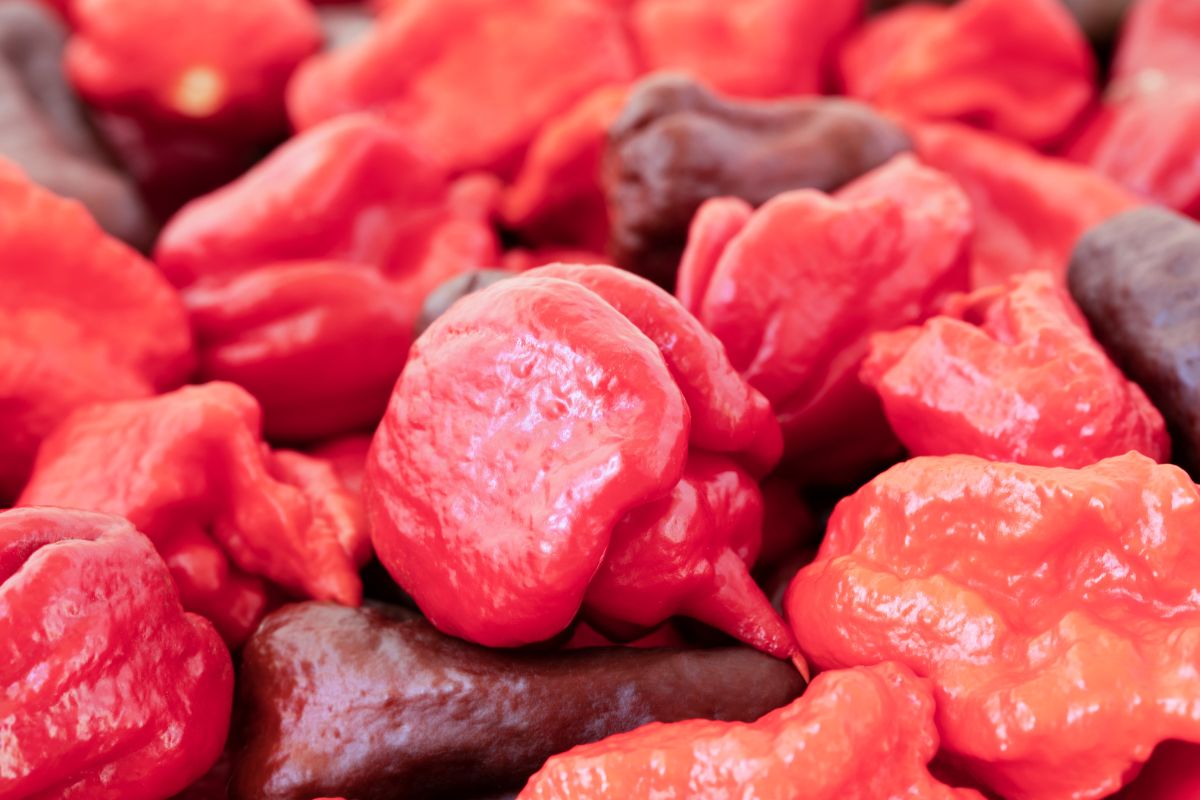
Grown in South Carolina – as the name suggests – the Carolina Reaper was the creation of Ed Currie, an American breeder who crossbred a La Soufriere Pepper (from Saint Vincent), and a Naga pepper (from India) to create this fearsome cultivar.
Known for having a deceiving sweet opening taste, which quickly degenerates into ‘molten lava’, the Carolina Reaper is certainly not for the faint of heart – nor the social spice lover.
What Are The Scoville Units?
While the batch test result came to a whopping 1,641183 Scoville heat units, the hottest tested individual pepper is known to have measured in at a staggering 2.2 million SHU – making it one hot pepper indeed.
For comparison’s sake, a standard mild hot sauce is generally considered to be around 100-2500 Scoville heat units – meaning that the Reaper far surpasses those humble figures by nearly 2 million units.
Why Do Hot Peppers Burn?
We have all heard of the big hot peppers – such as the above mentioned Carolina Reaper – and we have all probably tried something spicy at one point or another, but what many of us might not know, however, is exactly why hot peppers burn us?
Capsaicin
The short answer is: capsaicin, a compound that we have discussed a lot throughout this article, and one that is found within all hot peppers.
When we consume spicy peppers, the capsaicin binds itself with our various tissues, which then elicits a burning, painful sensation within our bodies.
This is the reason that hot peppers can burn and even hurt, and why the sensation can be hard to get rid of when we eat something that is too hot.
While it is not entirely known why peppers contain capsaicin to begin with, some scientists suspect that they developed the chemical compound to dissuade animals from eating them.
This might seem ironic, seeing that hot peppers are so incredibly popular, but if there is one thing that nature often overlooks, it is the contradictions of the human race.
What Is The Hottest Part?
While various parts of the pepper might seem hot to taste, there are some parts of the plant that are hotter than others.
The hottest part of peppers tends to be the pith part of the skin – found inside the peppers, where they are used to suspend the seeds from the inside of the pepper.
The seeds themselves are also some of the hottest and most pungent parts of the plant, which is why they are both used for cooking in spicy foods, and removed for those dishes that require a milder palette.
Despite being hot, the seeds themselves do not actually contain capsaicin within themselves, but they will often have some residue on their exterior – which explains why they can sometimes seem like the hottest part.
Final Thoughts
And there we have it, everything you need to know about the Scoville scale, and what it actually denotes in relation to spicy food.
It’s certainly true that spicy food has become popular in recent years, with all manner of different ways for us to test our taste buds making their way onto the consumer market.
However, to properly understand spiciness, and the effect it has, you need to understand this fascinating scale.
So if you want to know more about the Scoville scale, then be sure to check out this guide. Something tells me you won’t be disappointed!



